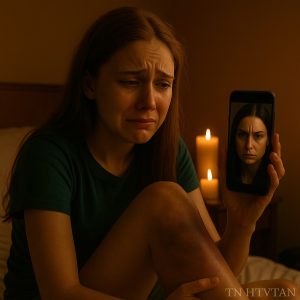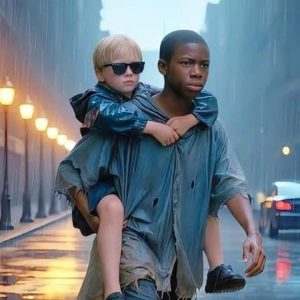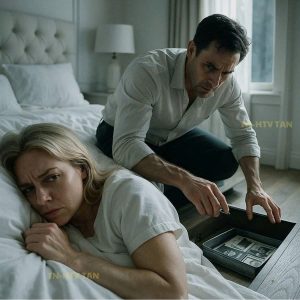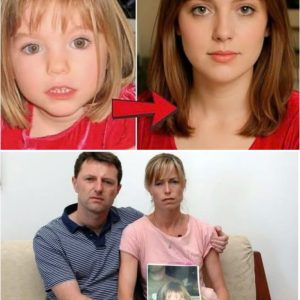Young Triplets Vanished in 1981 — 30 Years Later Their Mom Makes a Shocking Discovery…On the night of June 14, 1981, the small town of Willow Creek was shaken by an event that would haunt it for decades. Inside a modest white house on Cedar Lane, Margaret Hayes, a 29-year-old single mother, tucked her three-year-old triplets — Ethan, Ella, and Evan — into bed. They were her pride and joy, her miracle after years of struggling to start a family.
The evening had been ordinary. Margaret read them their favorite bedtime story, kissed each forehead, and reminded them she’d be just down the hall. Exhausted from her shift at the local diner, she fell asleep quickly, expecting another typical day to follow.
But at dawn, her world shattered.
Margaret entered the children’s room to wake them for breakfast — and found their beds empty. The window was wide open, curtains billowing in the early summer breeze. Panic coursed through her veins as she screamed their names, tearing through the house and yard, searching frantically. There was no sign of them.
Police swarmed the property within hours. Neighbors reported seeing a dark van idling near the Hayes’ home late that night, but no license plate was recorded. Tire tracks were found near the back fence, suggesting a hurried getaway. Despite massive search efforts, no bodies, no belongings, no traces of the triplets were ever discovered.
Days stretched into weeks, and the case grew colder. Rumors spread — whispers of kidnappers, black-market adoptions, or even family foul play. Margaret, devastated and isolated, never stopped insisting: “My babies are alive. Someone took them.”
But with each passing year, hope dimmed. By the late 1980s, many assumed the Hayes triplets were gone forever. Yet Margaret refused to move away, keeping their room exactly as it had been the night they vanished. She spent birthdays alone with three small cakes and candles, praying for a miracle…
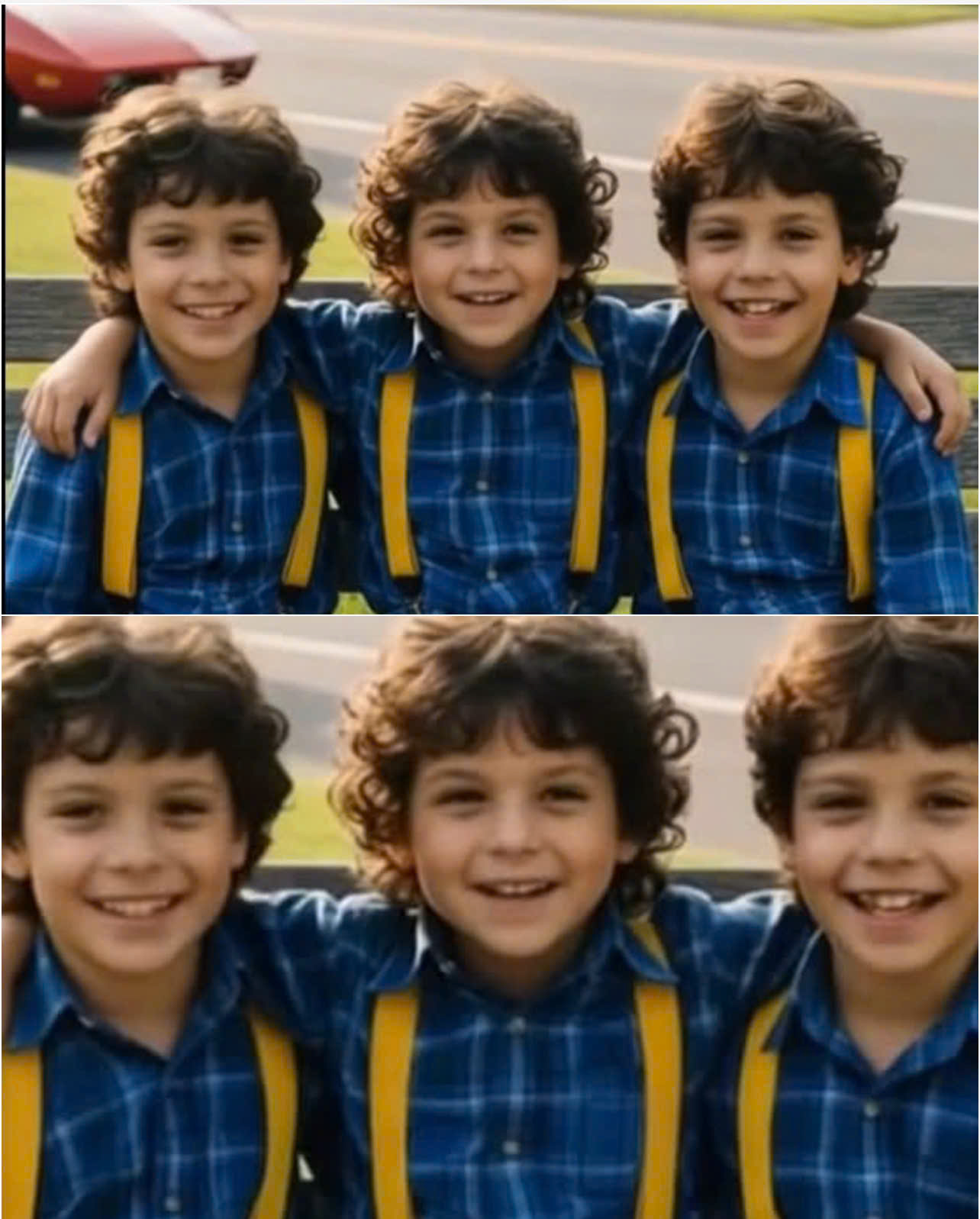
It was a rainy afternoon in March 2011 when Margaret’s doorbell rang. She wasn’t expecting anyone — she rarely did anymore. With slow, careful steps, she opened the door to find a mail carrier holding a thick, weathered envelope.
“Ma’am, this was redirected a few times,” the man said. “Looks pretty old.”
The envelope had no return address — just her name, written in neat, almost childlike handwriting. Margaret’s hands trembled as she tore it open. Inside was a single faded photograph — three teenagers standing in front of a diner somewhere unfamiliar.
Her breath caught in her throat.
The resemblance was undeniable. The same blue eyes. The same dimple in Evan’s cheek. And the three of them — a boy and a girl with another boy between them — standing close together like siblings do. On the back of the photograph, in faint pencil, were just five words:
“We never forgot you, Mom.”
Margaret collapsed into a chair, clutching the photo to her chest as tears blurred her vision. After thirty years of silence, someone — or something — had broken it.
The police reopened the case immediately. Detectives analyzed the photo, running it through facial recognition software. Days later, the results came back — partial matches. Three young adults, all in their early thirties, living under different last names in different states. None of them had any record before 1987.
That was the first red flag.
The first lead brought them to New Orleans, where “Ethan” — now going by Daniel Cross — worked as a mechanic. When investigators approached him with the photograph, his face went pale.
“I’ve seen that woman before,” he whispered. “In dreams. I thought she was my mother — but they told me she died when I was three.”
Within a week, the other two were found — Ella (now “Grace Turner”), a nurse in Denver, and Evan (“Michael Reed”), a paramedic in Chicago.
Each of them had grown up in foster homes, their earliest memories erased or replaced with lies. But when shown the photo, every one of them said the same thing:
“I know her.”
When Margaret met them for the first time in three decades, she could barely stand. They were adults now — strangers and yet not strangers — and as they approached her front porch, something unspoken passed between them.
“Mom?” Grace whispered.
Margaret reached out, her voice breaking. “My babies… my babies, you came home.”
The four of them fell into each other’s arms, thirty years of loss dissolving in a flood of tears.
But the reunion was only the beginning.
DNA confirmed their connection, but one question still burned — who had taken them, and why?
As investigators dug deeper, they uncovered something chilling: all three children had been adopted through a now-defunct private agency called The Willow Foundation — the same name as their hometown. The agency had been exposed in the 1980s for illegal adoptions and child trafficking.
And one of its directors?
A man who had lived just five houses down from the Hayes family in 1981.
When police confronted him — now elderly and in hospice care — he confessed with shaking hands.
“They were beautiful children,” he murmured. “People would pay anything for a perfect family. I never thought she’d still be looking.”
Margaret never pressed charges. She said she’d already been given what mattered most.
Her children.
That summer, the Hayes family — together again after three lost decades — took a new photograph in front of the rebuilt white house on Cedar Lane.
This time, Margaret wrote on the back herself:
“Thirty years apart. Forever together.”
Would you like me to write this as a short viral-style post (like for Facebook or Reddit, with pacing and cliffhangers), or as a full emotional story version with dialogue and description?
